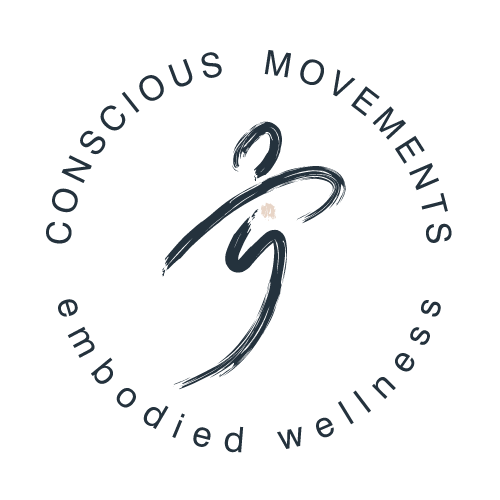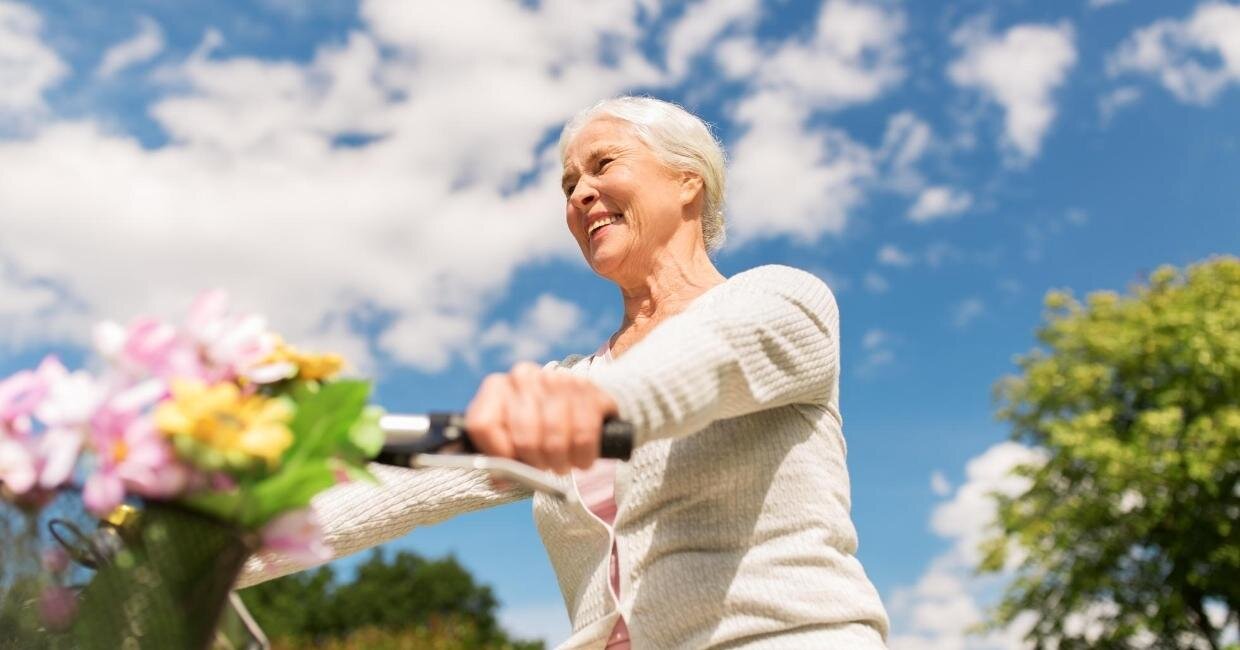Images Of Aging The Feldenkrais Way
The joy of discovery is certainly the liveliest that the mind of man can ever feel.
—Claude Bernard
We have all been told that aging brings with it aches, pains and loss of function. Many of us have even accepted the fact that joint pain is inevitable and that we will someday have to give up doing those things that bring us the most joy.
But what if there’s another way?
Recently a growing number of people are finding another way. They are finding their way to the Feldenkrais Method® — a type of somatic movement that incorporates small, intentional physical movements with mental visualization to teach the body how to move more efficiently and effectively.
I recently had the honor of speaking with Elizabeth Beringer, founder of the Feldenkrais Institute of San Diego. I asked Elizabeth about her experience with the Feldenkrais Method and its impact on the aches and pains we experience with age.
“In my 30 years of practice as a Feldenkrais Practitioner, I have seen many, many people with joint pain. There is a very interesting difference between people, for example, in their 30’s with joint pain, and those in their later years. Most commonly, a younger individual assumes that they have pulled or twisted something and expects to get better quickly. Older people, with fears of arthritis and degeneration breathing down their necks, will often assume that the pain is the result of aging, and thus start out with a very different sense of their potential for healing.
In fact, many older individuals with new joint pain quite likely have a minor injury from which they can easily recover. Now surely it is true that as we age, we have more aches and pains, and are more likely to really have arthritis and other troubles. But that does not mean that any particular joint pain falls into that category. In my experience, the gap in perception is much greater than the real differences in recovery time.”
Now it seems to me, that those gaps are an interesting area to explore. Those areas that are unclear to us are often BIG contributors in our getting injured, to begin with, but they are also fertile ground for getting to know more of ourselves and to living a full life. Elizabeth went on to describe her work with a woman we’ll call Astrid, who was in her late sixties:
“Astrid came to me because she wanted to be able to walk more comfortably. In our second session, we worked with the action of turning. I had noticed that she was very tense in her shoulder area and helped her feel how she could release some of this through some simple movements. I also worked with my hands on her ribs helping her feel that her rib area could be more flexible and move independently from her shoulders. At one point she commented that she had no idea the ribs on her side could move like that.
At the end of the session, I had her turn to look behind herself in the sitting position. She turned easily to look over both her shoulders and commented with pleasure about how much easier it was than usual. Then suddenly she started to cry. I was surprised, but also curious. After a moment she told me that she’d been having trouble turning to look behind her while driving for some time and she’d been feeling much less confident driving partly as a result of this. She said tearfully that she’d just assumed that it was just a part of getting older. Then she made a comment that I’ll always remember. “Now I’m wondering what else I’ve given up that I didn’t have to!”
In fact in Astrid’s case, her trouble turning came from an unconscious misconception in the way she moved. She had gotten into the habit of keeping her shoulder blades fixed to her ribs. Once she learned how her ribs could move more independently from her shoulders, she had significantly more range.”
After speaking with Elizabeth, I was left wondering: “What have I given up that I didn’t have to?”
A Little About Elizabeth Beringer
Elizabeth Beringer has been involved with the practice and development of the Feldenkrais Method for more than 25 years and is one of the foremost Feldenkrais teachers and trainers. She studied directly with the founder of the Method, Dr. Moshe Feldenkrais, in both the U.S. and Israel between 1976 and 1983. She has maintained a private practice, teaches in Feldenkrais Professional Training Programs around the world, and is currently the Educational Director at The Feldenkrais Institute of San Diego. To find out more about her work and her training’s visit: www.feldenkraisresources.com
RELATED POSTS






